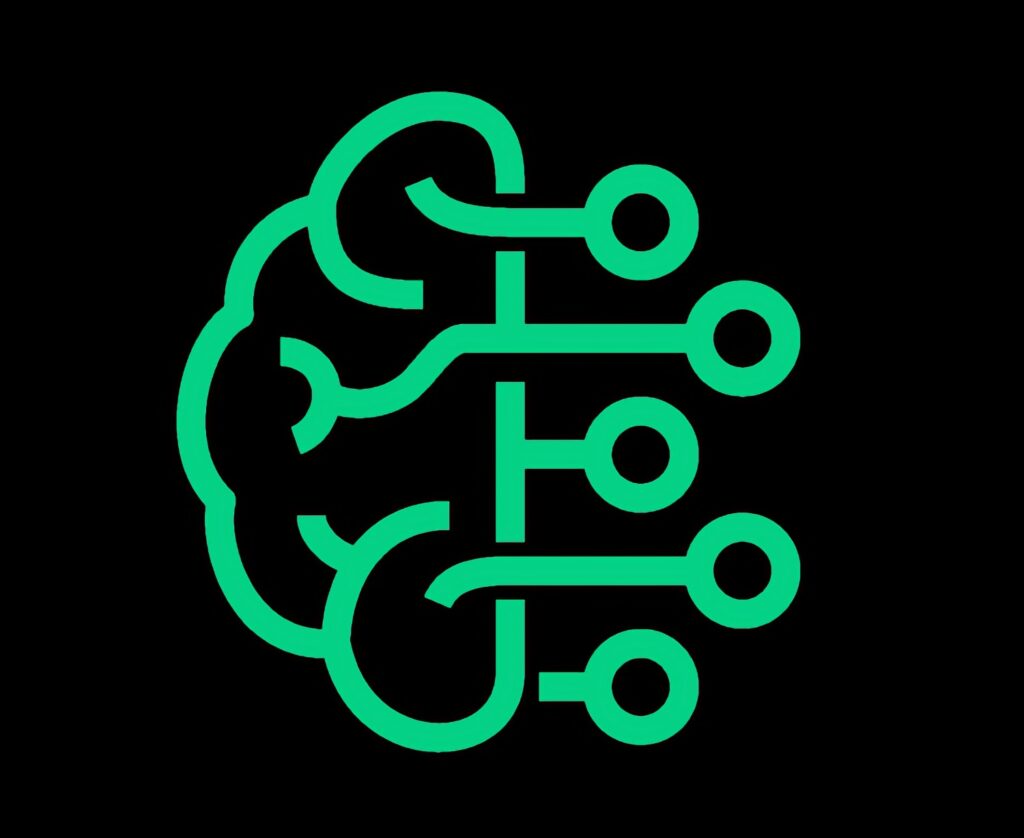The best technology is effective at abstracting the minutiae, the tedious, and the complicated. Most of the time, ease of use beats functionality. Apple customers prefer the simple user interface and intuitive experience over Android’s customizations and device variety. Amazon shoppers find the checkout process easier than more affordable but less user-friendly e-commerce options. And for mobile app testing, this is where AI and machine learning for test automation comes in.
SaaS providers are continually moving towards abstraction to put less and less of the technical burden on their users. We saw this with the introduction and rise of no-code and low-code platforms, and we are seeing it again with AI and Machine Learning.
Mobile app testing is also changing. In this piece, we will explore the abstraction continuum and how AI and ML are changing mobile app testing.
What are AI and ML?
Artificial intelligence (AI) and machine learning (ML) are closely related concepts. Both involve developing algorithms that learn and improve from experience without being programmed.
AI systems are designed to simulate human cognitive functions, such as perception, reasoning, learning, and problem-solving.
Machine learning is a subfield of AI that develops algorithms that learn and improve without being explicitly programmed. ML algorithms can identify patterns and trends in data and use this knowledge to make predictions or decisions without being explicitly programmed to do so.
The ongoing continuum
AI and machine learning can be said to exist on a continuum of abstraction, an important and even inevitable concept in computing. Consider these facets:
Binary machine code
Binary machine code that is executed directly by the computer’s CPU. An example of this would be the x86 machine code used by Intel processors.
Assembly language
Consider assembly language that operates at a low level and is used to interact with a computer’s hardware directly. Assembly languages are created to be human-readable, unlike machine language, which is comprised of binary and hexadecimal characters.
Programming languages
High-level Programming Languages provide a higher level of abstraction than assembly language and offer features like object-oriented programming, built-in data structures, and libraries. Well-known examples include Python, Java, C++, and JavaScript.
Frameworks and libraries
Pre-written frameworks and libraries that give developers ready-made solutions to common programming problems. They’re able to work at a higher level of abstraction. Examples include React, Angular, Django, and Node.js.
Low-code platforms
Low-code platforms are development environments that allow users to build applications with minimal coding using mostly visual drag-and-drop interfaces and pre-built components but also offer the flexibility of code. An enterprise example would be Salesforce.
No-code platforms
No-Code offers a very high level of abstraction. These are environments and platforms that allow users to create, manage, and optimize solutions without the use of code at all. We’ve talked plenty about the no-code revolution and the impressive tools available. With Sofy’s scriptless test automation, we’re all about no code.
Machine learning models
Libraries that provide a set of tools and algorithms for building machine learning models, abstracting away many of the low-level details of machine learning. Examples would be TensorFlow, PyTorch, scikit-learn, and Keras.
AI as peak abstraction
That brings us to AI, the highest level of software abstraction. AI systems use machine learning algorithms to perform tasks that normally require human intelligence, like natural language processing, image recognition, and decision-making.
It’s all about uncovering what isn’t seen. The sales opportunity, the financial risk, and the marketing trends. AI and Machine learning takes abstraction a step beyond by doing things the user may not even have thought of.
Although there will continue to be a need for low-level abstraction in software development, it’s no-code, artificial intelligence, and machine learning advancements that will only grow in popularity.
Benefits of abstraction
Besides the obvious “it makes things easier,” businesses are finding a lot of value in abstracting.
- Shorter learning curves: No-Code/Low-Code and AI-empowered tools make it easier to get the job done. New users will spend less time learning the ropes and will be quickly able to understand how to navigate applications.
- Greater resource pool: With such a competitive job market, and dwindling availability of developer resources, choosing a tool with less complexity means organizations don’t have to rely on sourcing expensive and limited specialized talent.
- Consistent architecture: Although a heavily abstracted tool might not offer the flexibility of some alternatives, there is less room for variation and bad practices commonly found in code-based platforms.

AI and machine learning for test automation
For years, manual testing has been the status quo. Even with the introduction of code-based test automation frameworks, many find the added complexity still challenging to adopt.
That’s where abstraction has been doing some great things.
It started with the introduction of no-code to mobile testing. Popular frameworks let you leverage record and playback tools to easily write test cases. Sofy, for example, allows you to acquire a real device from our cloud device lab, record a manual test, and then run it across multiple devices synchronously.
With Sofy, you can compose tests easily, create templates, and automate pretty complex test cases – all with our drag-and-drop builder.
The introduction of AI and ML greatly improved the accuracy and effincluding testing automation. By identifying patterns and trends in test results, AI can adjust test case strategies to focus on areas that are most error-prone, recommend changes, and even create mocks and stubs.
AI and ML testing tools can also leverage predictive analytics, analyzing large amounts of testing data to identify patterns and trends to predict future issues. By allowing developers to proactively address potential issues before they become problems, they’re able to improve the quality and reliability of the application.
Sofy can analyze your code base and suggest updates to your test suite when you introduce changes. By using AI and ML, Sofy understands the intent behind the tests you create, instead of just binding to elements. This means your test case is resilient to app UI changes, screen form factors, and dynamic content.
Now’s the time to start benefiting from AI enhancements
Through abstraction, SaaS providers are delivering better, more intuitive ways of performing what use to be complex tasks. AI and Machine Learning offer the highest level of abstraction. With the help of AI and ML, Sofy is creating a much better way to test mobile apps—and AI and machine learning for test automation is just the beginning.
If you’d like to learn more about how AI can improve your mobile app testing experience download our free guide.
Disclaimer: The views and opinions expressed above are those of the contributor. They do not necessarily represent or reflect the official beliefs or positions of Sofy.









